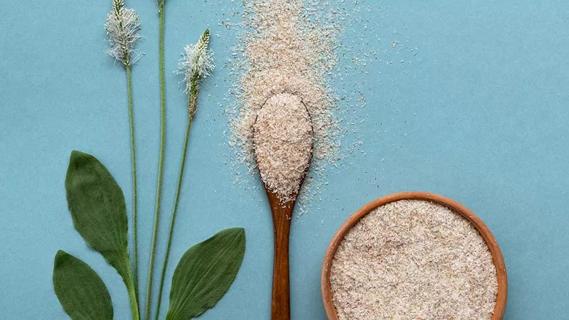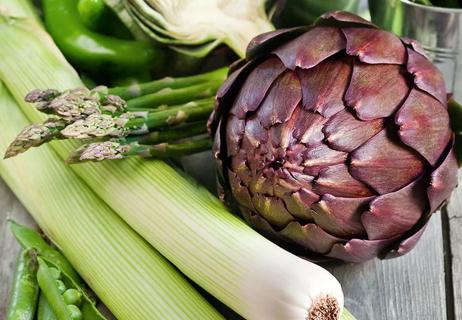Choose foods that are easily broken down in your digestive system, like fruits and vegetables without skins or seeds

Fiber is a vital part of a healthy, well-balanced diet. It helps keep your cholesterol and blood sugar in check, and it helps you feel fuller for longer. But in some cases, your healthcare provider may recommend a low-fiber diet, which consists of foods that are easy for your body to digest and absorb.
Advertisement
Cleveland Clinic is a non-profit academic medical center. Advertising on our site helps support our mission. We do not endorse non-Cleveland Clinic products or services. Policy
A low-fiber diet may be recommended for the following conditions:
“Being on a low-fiber diet can ease your IBD symptoms because your gut isn’t working as hard to break down food,” explains registered dietitian Kendra Weekley, RD, LD. “If you have strictures (a narrowing of the bowel) or anal fistulas (an abnormal passageway in your anus) from IBD, you want food to can be broken down into small particles so it doesn’t get stuck in your digestive system.”
And you may need to follow a low-fiber diet for a colonoscopy to help make sure your colon is clear for examination.
Let’s take a look at what foods are low in fiber that you can enjoy, and what foods you should avoid.
There are two kinds of fiber: soluble and insoluble fiber.
“Typically, when we talk about a low-fiber diet, we’re focusing on reducing insoluble fiber,” clarifies Weekley. “This type of fiber adds bulk to the stool, which can aid in motility, more complete and easier-to-pass movements.”
A good rule of thumb if you’re following a low-fiber diet? Opt for foods that have less than 1 or 2 grams of fiber per serving.
Advertisement
Low-fiber choices include:
“The goal of a low-fiber diet is to keep everything soft and easy to digest,” says Weekley.
Weekley suggests avoiding the following foods if you’re on a low-fiber diet:
If you and your healthcare provider decide you should follow a low-fiber diet, keep these tips in mind.
It can be overwhelming to have to avoid so many types of food. Weekley’s suggestion? Work with a registered dietitian.
“A dietitian can help you figure out how to get a variety of foods in your diet,” she reassures. “And then, they can help you come off a low-fiber diet safely when it’s time.”
Advertisement
Learn more about our editorial process.
Advertisement

This carbohydrate helps you avoid constipation, stabilize blood sugar, lower cholesterol and stay fuller longer

Most adults aren’t getting enough of the essential nutrient

This spiny sea veggie may help your heart, gut, immune system and more

The fiber supplement can help ease constipation, manage diabetes and lower LDL cholesterol

In a world of confusing choices, your healthcare provider can be your best resource

10 delicious dishes with 10+ grams of fiber per serving

From blackberries to barley, healthy high-fiber foods are plentiful

This prebiotic is found in a lot of foods that you probably already eat

Start having sex about 72 hours before ovulation, then at least every other day during your fertile window

Attachment theory suggests that your earliest relationships shape connections throughout your life

It isn’t a recognized mental health disorder, but research shows that problematic social media use can negatively affect your mental health, self-esteem and sleep